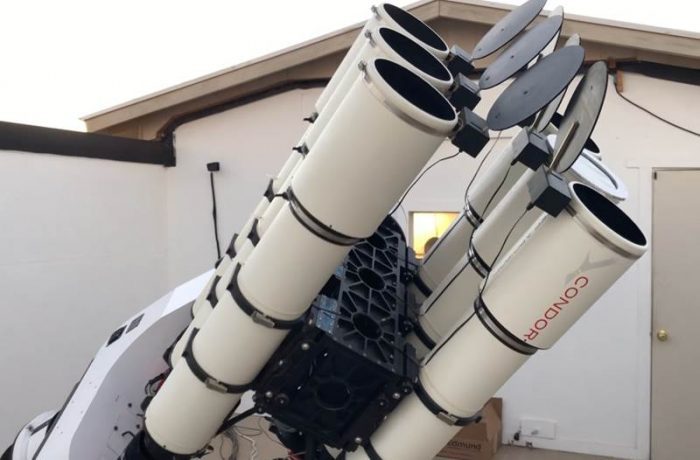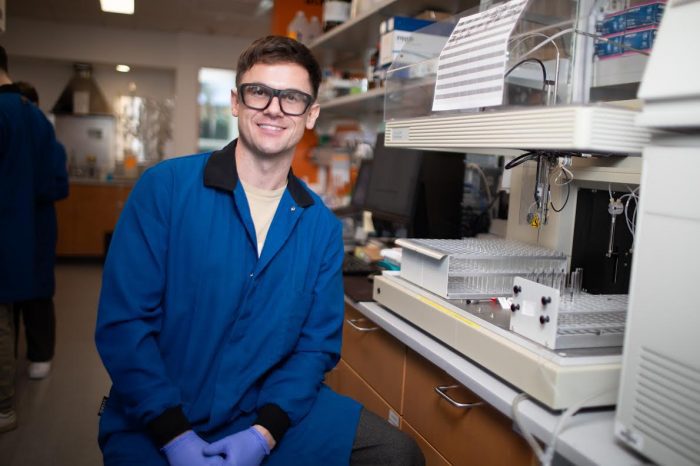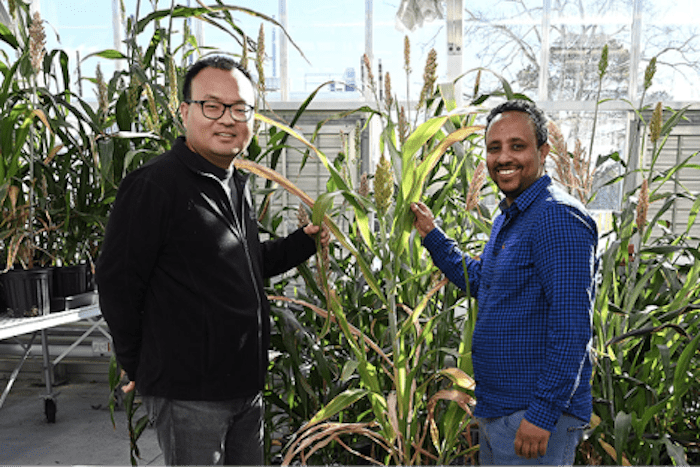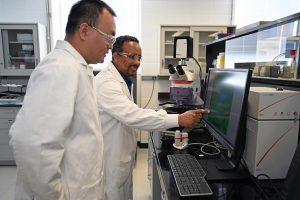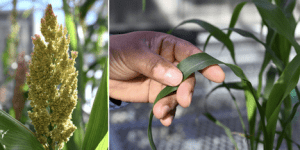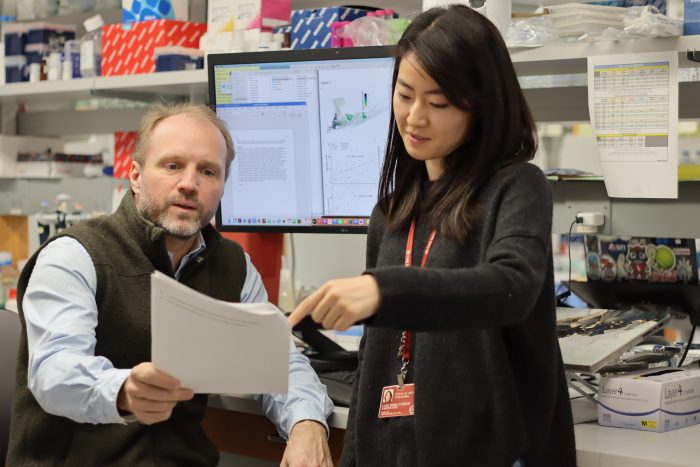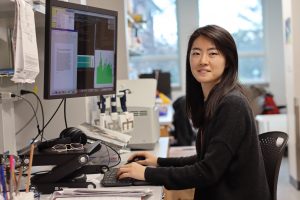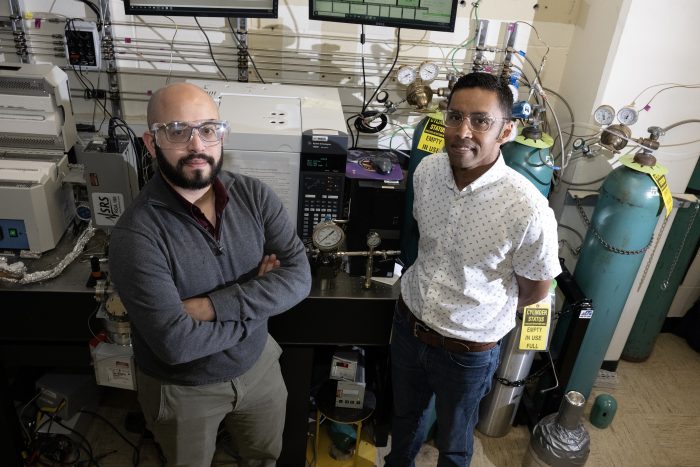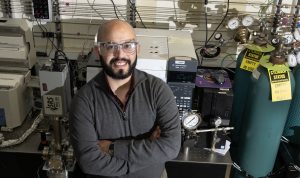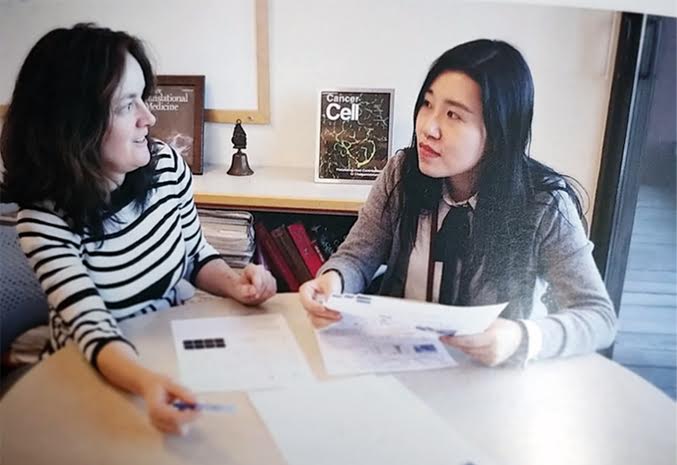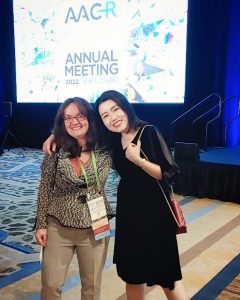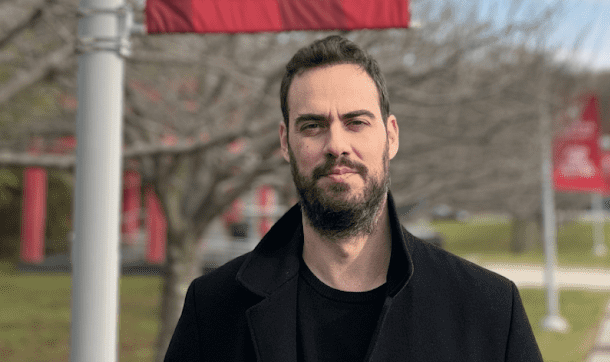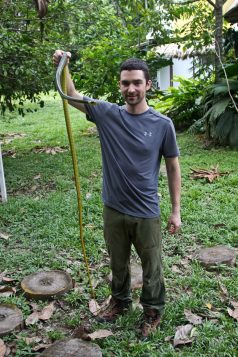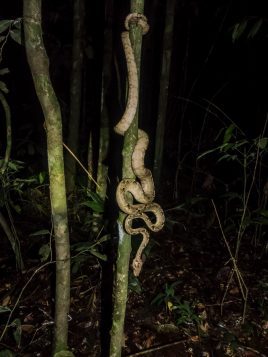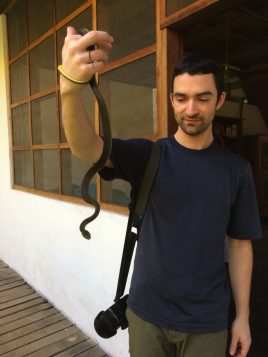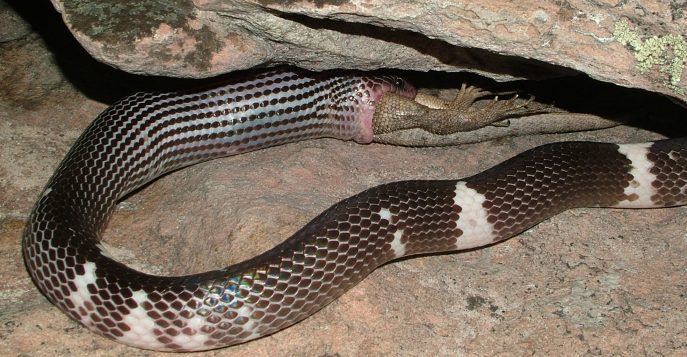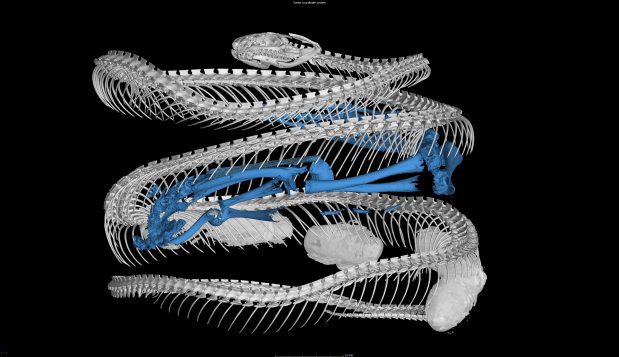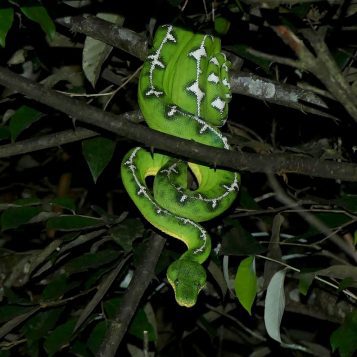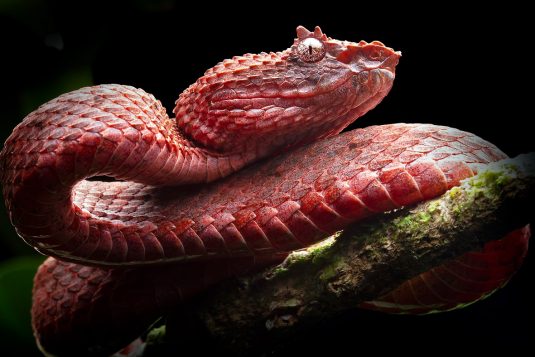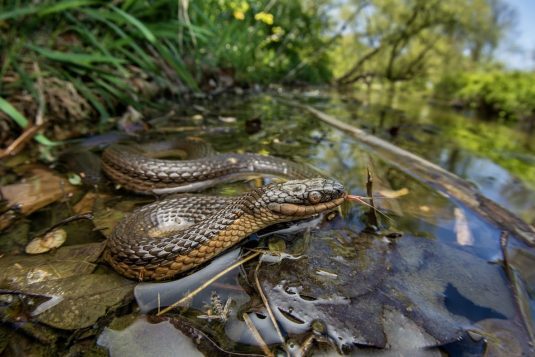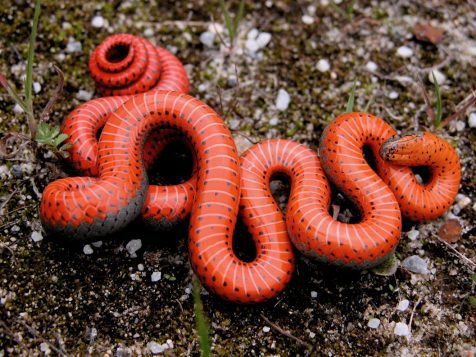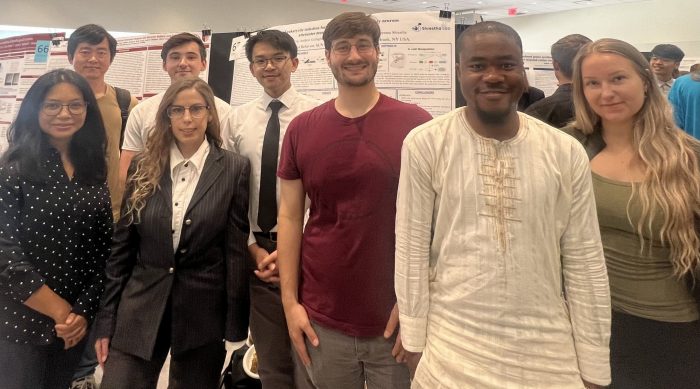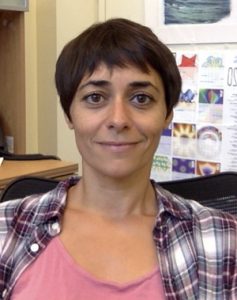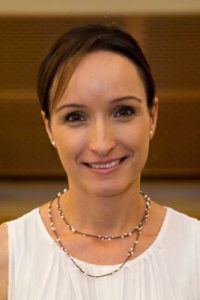By Daniel Dunaief
Five years later, Kenneth Lanzetta is bringing a telescope to Chile.

Photo courtesy SBU
In 2019, Lanzetta, who is a Professor in the Department of Physics and Astronomy at Stony Brook University, was planning to install a sophisticated state-of-the-art telescope in Chile that could look deep into the dark night sky for low-surface brightness and point sources. The onset of Covid in early 2020, however, disrupted that plan, as Chile closed its borders, leaving him scrambling to find a new site.
“I looked for an alternative I could drive to,” said Lanzetta, as flying was strongly discouraged.
He settled on the Dark Sky New Mexico observatory near Animas to set up a Condor Array Telescope.
Lanzetta had various manufacturers ship components to the site. At the end of 2020, he, his wife Robin Root, and his daughter Ciara drove across the country.
He had originally intended to spend about two weeks in the state. After many problems and delays, he and his wife stayed for more than four months, until early 2021. Ciara returned to college in London in the middle of January.
Lanzetta and Root moved every two weeks, expecting that they would be able to return to Long Island. Each time, delays in the project extended their stay. They figured they visited almost every airbnb in the area.
“I spent Covid in a very isolated part of New Mexico and I didn’t have to be back in Stony Brook,” Lanzetta said. “I had the ability to teach online.”
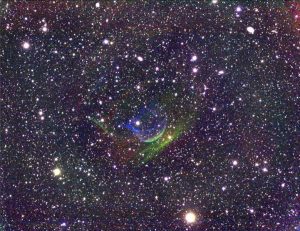
Photo from Kenneth M. Lanzetta
While the New Mexico site worked out better than he could have imagined, producing enough information to leave him “awash in data” as he works to publish his findings, Lanzetta is planning to spend the next academic year in Chile. He will split his time between Concepción, Santiago, San Pedro and Cerro Taco, which is where he will install the new Condor telescope at an altitude of 5,200 meters, or 17,060 feet at Atacama National Park.
Lanzetta will serve as a Fulbright Scholar for the 2024-2025 academic year.
The Fulbright scholarship “recognizes the potential of the ‘Condor Array Telescope’ that is based on a possibly paradigm shifting astronomical telescope technology,” Chang Kee Jung, Distinguished Professor and Chair of the Department of Physics and Astronomy, said in a statement. “Deploying Condor in Atacama, a premier site for telescopes, opens up a greater opportunity for discoveries.”
That altitude and the expected clear skies in the South American nation will give Lanzetta and his colleagues an opportunity to study extremely faint images that would otherwise be more challenging or even impossible to see from other locations. The good weather and dark conditions also help.
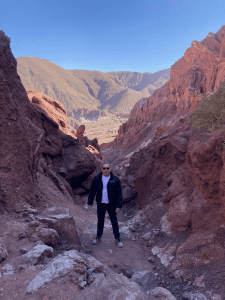
The park has a road for access and an optical fiber connection, which makes it possible for him to do what they want to do at the site.
The site is at a high enough altitude that Lanzetta will need to breathe bottled oxygen.
The Stony Brook scientist will build as much of the telescope as he can at a lower elevation, ship it to the site and bolt it in place.
The Condor telescope will use refracting optics from several smaller telescopes into the equivalent of one larger telescope that uses newer and faster complementary metal oxide semiconductor sensors.
Most, but not all, of the components of the telescope are off the shelf. The recent development of extremely capable CMOS sensors, which are used in cell phones, back up cameras for cars and in industry, were not available in an inexpensive commercial format as recently as five years ago.
What Lanzetta plans to do in Chile is replicate the successful effort in New Mexico to capture more light signals in space that are beyond the limits of what conventional telescopes can distinguish.
He plans to create a telescope that, when it functions as it should, can operate autonomously, allowing him to control it from anywhere in the world as it transmits data back to his computers at Stony Brook.
New Mexico results
Lanzetta recently returned from an international conference in Aspen, Colorado, where he presented several results.
Condor revealed intergalactic filaments, which might provide glimpses of the cosmic web. He is actively working on this.
Computer simulations of structure formation in the universe has shown how structure came to be from a universe that was initially smooth.
The simulations suggest dark matter is distributed in a hierarchical fashion, with superclusters, clusters and groups of galaxies connected by filamentary structures that resemble a cosmic web.
Lanzetta has been working to see glowing gas of the cosmic web and he and his colleagues believe it is within reach of the current and the new Condor Atacama.
Higher than Chile?
With the increased visibility at the higher altitude site in Chile, researchers recognize that gathering information even further up in the atmosphere increases the likelihood of finding images from faint objects.
At the Aspen conference, scientists discussed the possibility of launching telescopes designed to study the extremely faint universe on balloons, which might be faster and cheaper than attempting to do this from space.
A resident of Smithtown, Lanzetta lives with his wife Root, who is planning to spend the year in Chile with him. Lanzetta’s son Ryan is finishing his PhD in theoretical condensed matter physics at the University of Washington, while his daughter Ciara is finishing her master’s degree in costume design at the University of Glasgow in Scotland.
Growing up in Warminster, Pennsylvania, Lanzetta and his father Anthony used to build things together. When he was 13, Lanzetta had an advanced class radio license. His father helped put together a radio transmitter and receiver and they installed various antennas on the roof.
His father had an undergraduate degree in physics and worked as an engineer. With Ryan’s educational experience, the family has three generations of Lanzettas with degrees in physics.
Lanzetta’s father had a telescope that they used to look at the moon and Saturn. In 1969, when astronauts Neil Armstrong and Buzz Aldrin were walking on the moon, he recalls his father telling him the astronauts were too small to see.
“This is what I was going to do from the time I was conscious,” he said. “It was always the way it was going to be.”
Indeed, Lanzetta realizes how “lucky I’ve been to be able to spend my entire life” doing this work.

